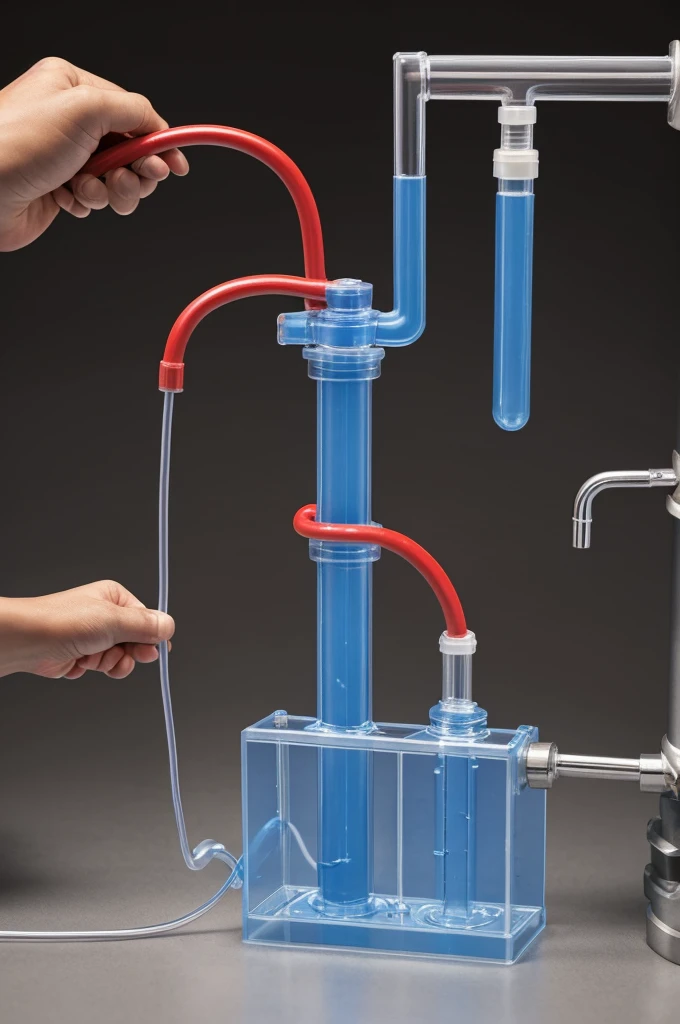To make a 3D model of the circulatory system that shows how fluid circulates

Generation Data
Records
Prompts
Copy
To make a 3D model of the circulatory system that shows how fluid circulates
,
you can follow a series of detailed steps
.
This project requires a little more complexity and use of specific materials
,
but here you have a complete guide:
### Materials Needed 1
.
**Support base**: It can be a wooden board or sturdy cardboard
..
2
.
**Transparent plastic tubes**: To represent the arteries and veins
.
3
.
**small water pump**: Para simular el heart bombeando blood
.
4
.
**Small tank or reservoir**: To store the fluid that will circulate
.
5
.
**Red and blue dye**: To color the water and differentiate arteries and veins
.
6
.
**clay
,
clay or 3D printing**: Para modelar el heart y otros órganos
.
7
.
**Paints and brushes**: For details and finishes
.
8
.
**Strong glue and hot silicone**: To assemble the pieces
.
9
.
**Small check valves**: To ensure unidirectional flow
.
10
.
**Air pump or a suitable power source**: To feed the water pump
.
11
.
**Connector tubes and adapters**: To connect the tubes to the pump and tank
.
12
.
**Some LED lights (optional)**: To highlight fluid flow
.
### Steps to Follow 1
.
**Model Design and Preparation**:
- Draw a diagram of the circulatory system on the support base
.
- Identifica la ubicación del heart
,
major arteries and veins
.
2
.
**Modeling of the Heart and Organs**:
- One plasticine
,
arcilla o una impresora 3D para crear un modelo del heart y otros órganos principales
.
- Paint and detail the organs for greater realism
.
3
.
**Water Pump Installation**:
- Place the water pump on the support base
,
making sure it is securely fastened
.
- Connect the water pump to the fluid reservoir (this will be the tank "blood")
.
4
.
**Piping system (Arteries and Veins)**:
- Connects clear plastic tubes from the pump (heart) to different parts of the body
INFO
Checkpoint & LoRA

Checkpoint
CyberRealistic
0 comment
0
1
0









